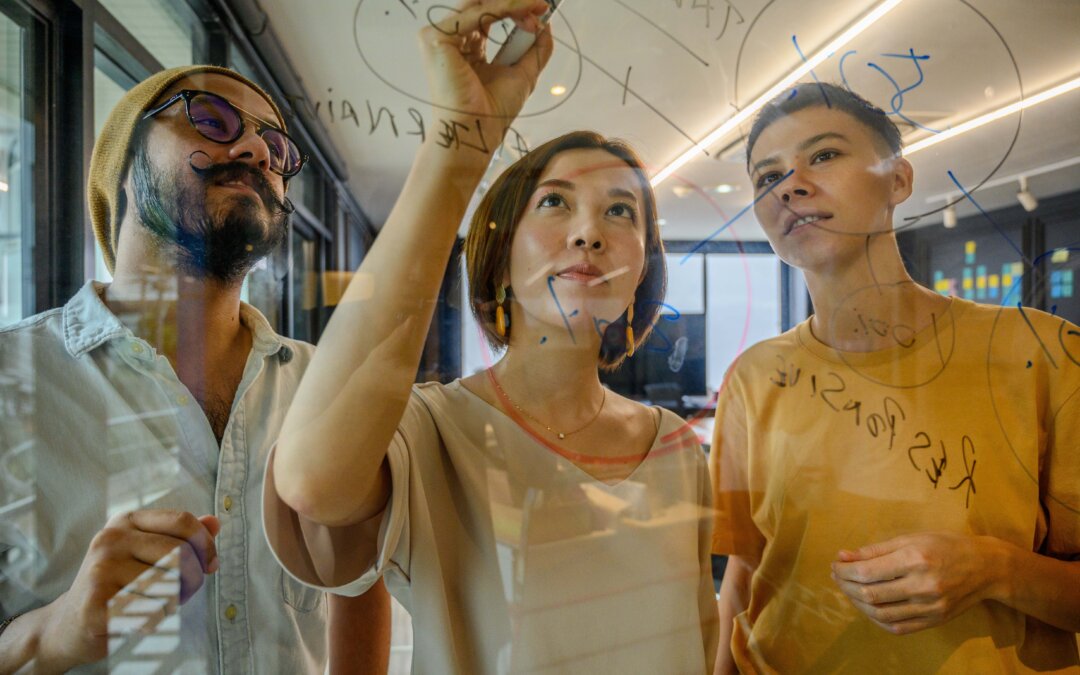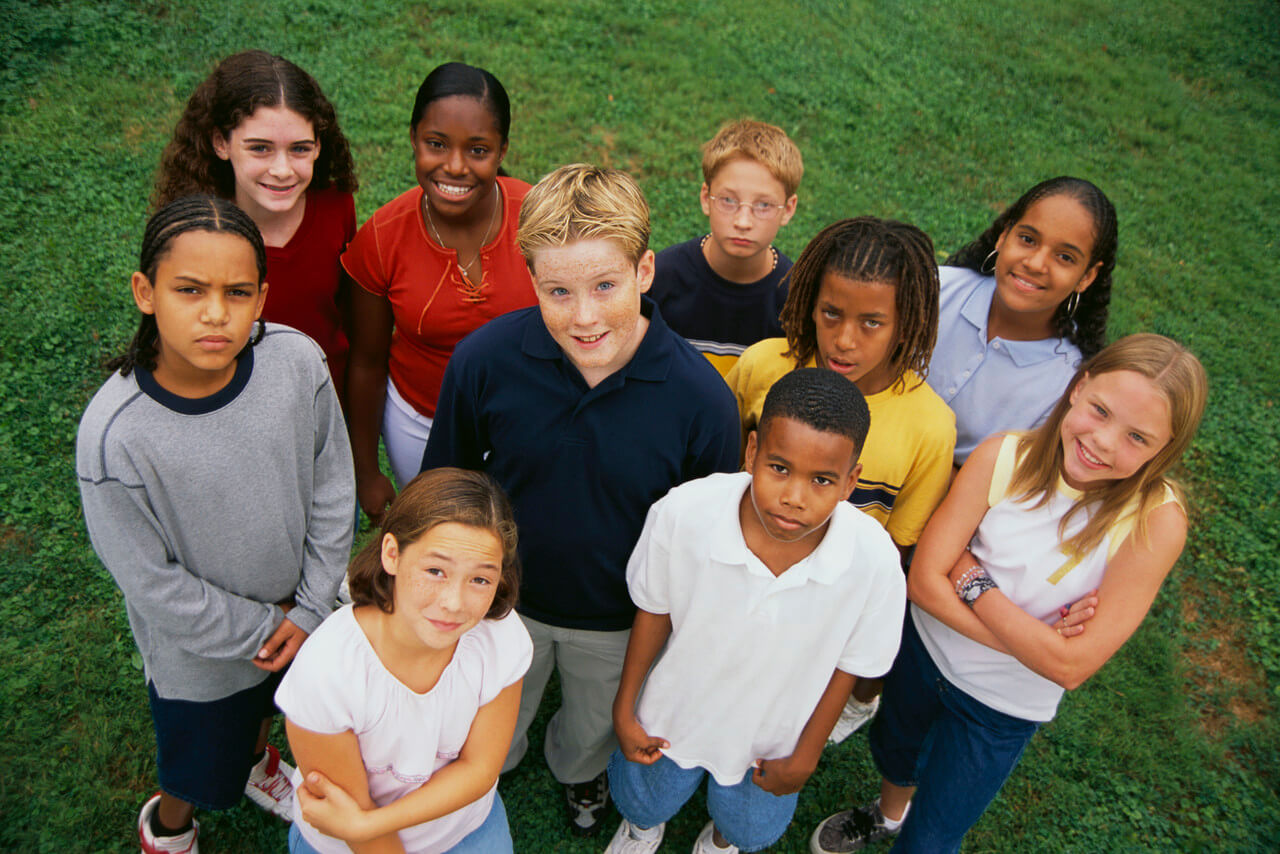
by Victor Jung | Jul 5, 2023 | Philanthropy
Essential Skills for Effective Management Not-for-profit organizations are a vital part of society, providing services and support to those in need. Leading these organizations requires a unique set of skills and knowledge. Not-for-profit leadership involves managing...

by Victor Jung | Jul 5, 2023 | Victor Jung
Fundraising Books for Directors Fundraising is an essential aspect of any nonprofit organization. It is the process of soliciting donations from individuals, corporations, or other organizations to support a particular cause. However, fundraising can be a challenging...

by Victor Jung | Jan 29, 2023 | Charity, Philanthropy, Victor Jung
Valentine’s Day is a special time of year when people express their love and affection for one another. But it’s also an opportunity to give back to the community and make a positive impact on the lives of others. One way to do this is by organizing a...

by Victor Jung | Dec 13, 2022 | Charity, Coding, MiniCoders, Parenting, Udemy, Victor Jung
Who invented the Python coding language? Python is a popular programming language that Guido van Rossum created. Van Rossum began working on Python in the late 1980s, and the first version of the language was released in 1991. Python is named after the British comedy...

by Victor Jung | Dec 13, 2021 | Philanthropy
Philanthropy is an intensely popular industry that encourages people to give back to their communities. Whether through corporate giving or personal volunteerism, the more people give back each day, the more people in need get the help they’re looking for. In the...






